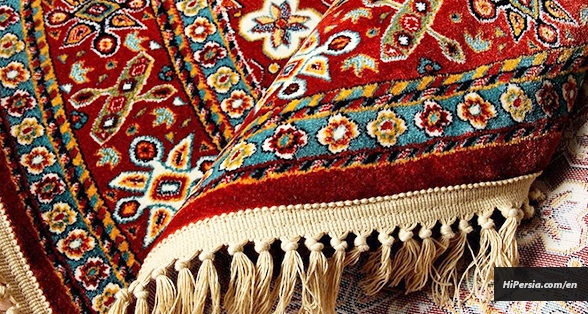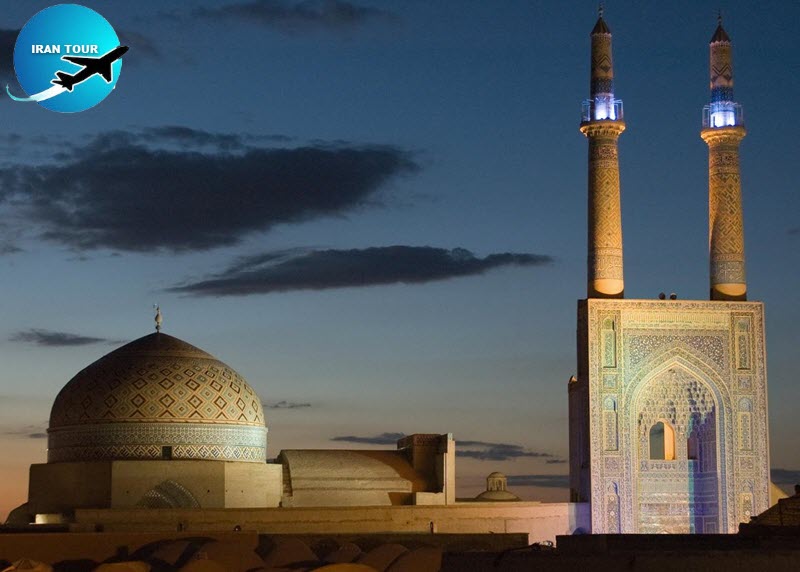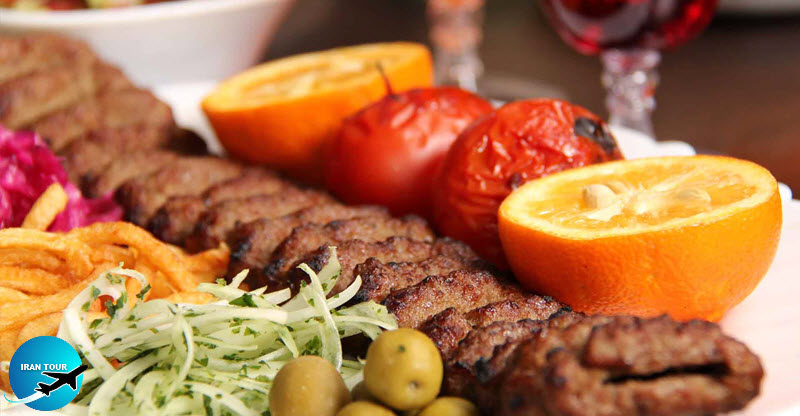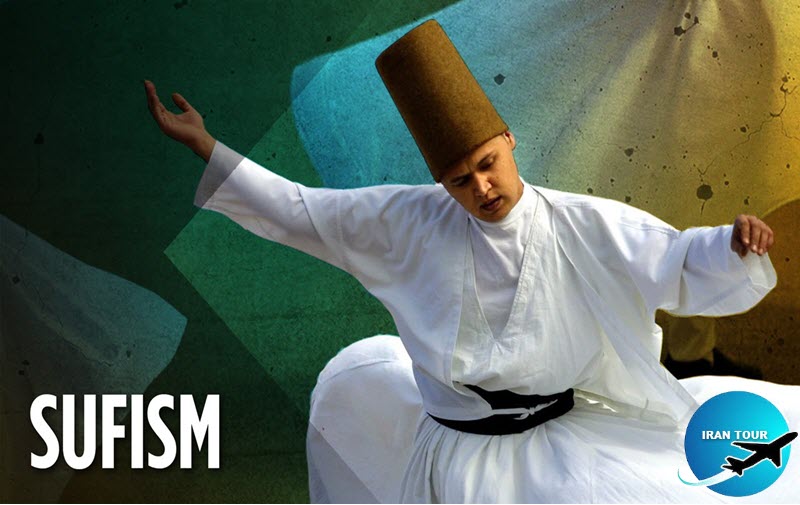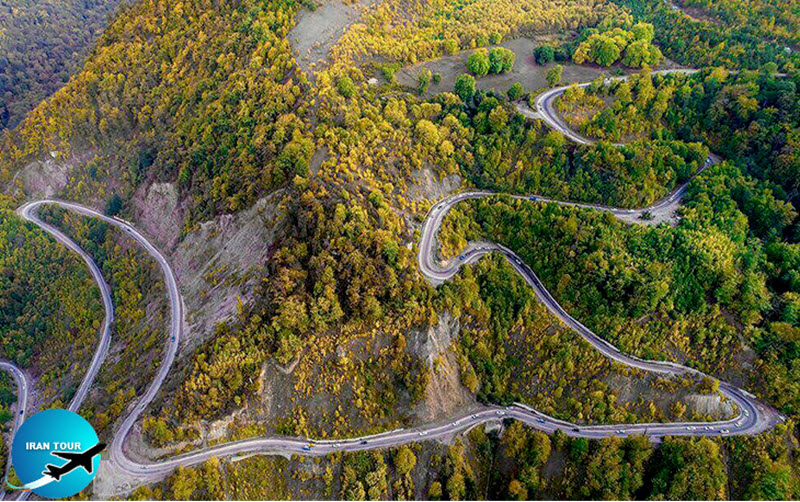Copyright 2020 - 2021 irantour.tours all right reserved
Designed by Behsazanhost
Kashmar Carpet
Introducing the carpet area
T.
- Details
- Category: IRAN Blog
Religion
From ancient times up to now the following religions have been practiced in Iran: Paganism period, Mithraism (Mitra worshipping) period, Zoroastrian period and Islamic period. Besides the above several other faiths were followed by small minorities such as the followers of Mazdak and Mani and Christianity before the birth of Islam.
- Details
- Category: IRAN Blog
Iran Cuisine: The Most Delicious Iran's Attraction
You are a true foodie who has experienced weird and wonderful culinary. The spicy dishes in India, the colorful foods in Thailand, frozen dishes in the South Pole, or even the odd grilled animals in the southeast of Asia. If you like to enjoy a Glazed, luscious, fragrant, and mouthwatering dish, Iranian dishes, like a painting canvas, are too exciting and colorful to make you salivate.
- Details
- Category: IRAN Blog
Sufism
Islamic mysticism, also known as Sufism, is a complex of beliefs and practices which aims to find divine knowledge through the direct personal experience of God. The term Sufi may have derived from
- Details
- Category: IRAN Blog
Iran Natural Landscapes
Each part of this ancient land has unique characteristics that distinguish it from other regions. This four-season land has very beautiful mountainous, forest and desert regions. Forests of northern Iran (Hyrcanian or Caspian forests) of approximately 1,488,000 hectares are located south of the Caspian Sea and along the northern slopes of the Alborz Range from Astarara to the west to Golestan to the east. These forests are part of deciduous broadleaved forests with a mild Mediterranean climate. In general, the forests of northern Iran have 80 species of trees, 50 species of shrubs, and hundreds of perennial grasses. You can use travel agency programs to visit Iran's forests
- Details
- Category: IRAN Blog
